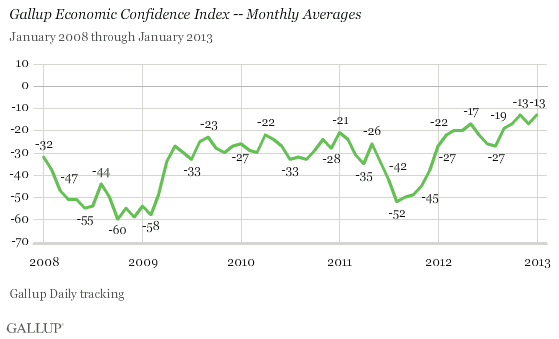5 Reasons to Be Optimistic About Economic Growth
Post on: 18 Октябрь, 2015 No Comment

Search form
The Bureau of Economic Analysis said Wednesday that the U.S. economy grew at a 4 percent annualized rate in the second quarter of 2014. It exceeded expectations of 3 percent and added credibility to the widespread belief that the first quarter’s negative growth rate was an anomaly resulting from an unusually harsh winter.
Economist Samuel D. Coffin of UBS wrote, “On the statistical side, 2013 ended stronger, and 2014 to date now shows a smaller weather drag and bigger rebound. On the fundamental side, consumption and investment now show a bit more momentum, and the saving rate has been revised up notably, giving more space for consumption acceleration as confidence returns.”
There have been false starts before – suggestions that the economy was ready to switch from its maddeningly slow growth rate to something suggestive of a real recovery. While there are no guarantees, Wednesday’s report provides five good reasons to be optimistic about the future:
1. Businesses are investing.
“The main surprise came from a huge pop in non-farm inventories that contributed a whopping 1.6 percentage points to headline growth,” wrote Bricklin Dwyer and Laura Rosner of BNP Paribas.
The concern that businesses were sitting on the sidelines because of uncertainty about the future seems to have been alleviated somewhat with this report, as companies appear to have beefed up both their inventory and investment in equipment.
2. Consumers are spending.
Harm Bandholz, chief U.S. Economist for UniCredit Research, noted that much of the growth recorded in Q2 was driven by consumer spending – something he expects will continue to power the economy in the months to come.
“We continue to expect that consumer spending will be the main growth driver throughout the second half of the year, supported by a stronger labor market, higher wages, as well as a renewed decline in the savings rate,” he wrote.
People appear to be making major purchases at a much greater rate, with durable goods consumption up 14 percent, also viewed as a sign of consumer optimism.
3. The public sector is no longer dragging us down.
Economists in the private and public sector have bemoaned slashed budgets at the federal, state, and municipal levels for the past several years as a cause of slower-than-usual economic growth. There were signs Wednesday that this may have turned around.
“Finally, for once the public sector wasn’t a drag on the economy with a 3.1 percent rebound in state and local government spending more than offsetting a 0.8 percent decline in federal government spending,” wrote Paul Ashworth, chief U.S. economist for Capital Economics.

4. There is more momentum that we thought.
Revisions to the GDP from previous quarters made the second half of 2013 look better than we thought and made the first quarter of 2014 a bit less dismal than was originally reported. Growth in Q1 of this year was revised to -2.1 percent, an improvement over the original report of -2.9 percent. Growth rates for the third and fourth quarters of 2013 were also revised upward.
“These revisions did not only lift the average growth rate for 2013 to 2.2 percent (from 1.9 percent) but also imply that the U.S. economy has entered the current year with much more momentum than reported thus far,” wrote Bandholz of Unicredit. “This, in turn, will support the average growth rate for the current year.”
5. Wages are going up, and consumers have more breathing room.
The report showed that consumers have more disposable income and that the savings rate remains relatively high. This suggests that wages are on the rise and that there is still room for increased consumer spending as the year goes on.
“Real personal disposable income increased by a very decent 3.5 percent in the first quarter and 3.8 percent in the second,” wrote Capital Economics’ Ashworth. “With employment growth accelerating and survey evidence pointing to a pick-up in wage growth soon, we expect strong income growth to translate into stronger consumption growth in the second half of the year.”
Top Reads from The Fiscal Times:














